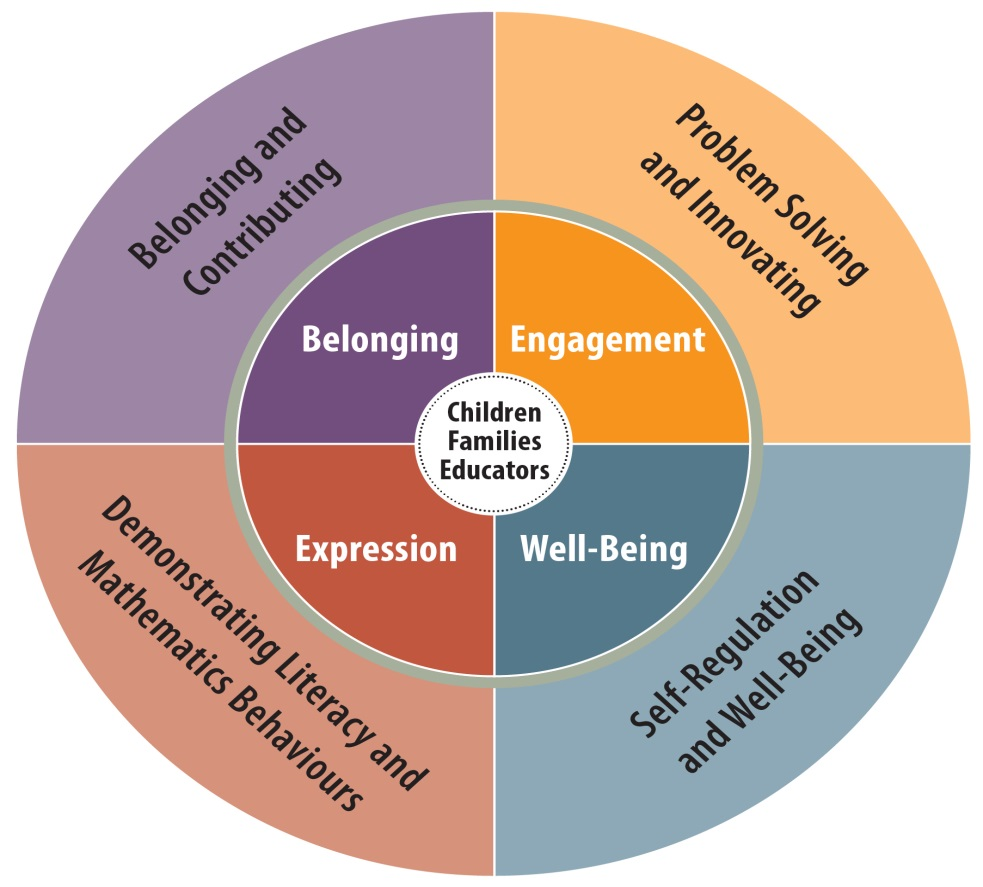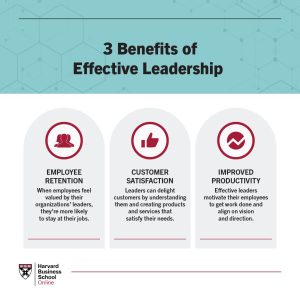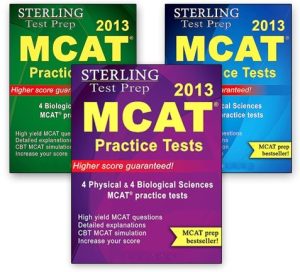
Build Strong Foundations with Engaging K-12 Curriculum
The Importance of a Strong K-12 Curriculum
When it comes to building strong foundations for students’ academic success, a well-designed K-12 curriculum plays a crucial role. The curriculum serves as a roadmap that guides educators in delivering a comprehensive and engaging learning experience to students at every grade level. It encompasses the essential knowledge and skills that students need to acquire throughout their educational journey, ensuring they are equipped to overcome challenges and achieve their full potential.
Engagement is Key
One of the crucial aspects of an effective K-12 curriculum is its ability to engage students in meaningful learning experiences. Traditional, lecture-based teaching methods are often found to be less effective in keeping students focused and motivated. By incorporating interactive and hands-on activities into the curriculum, students are actively involved in their learning, which enhances their understanding and retention of the subject matter.
Engagement in the curriculum can be achieved through various strategies such as project-based learning, group activities, multimedia presentations, and real-world connections. These approaches not only make learning fun and exciting but also stimulate critical thinking, problem-solving, and collaboration skills – all crucial for success beyond the classroom.
Customization for Individual Needs
Every student is unique, with different strengths, interests, and learning styles. A strong K-12 curriculum takes this into account and provides opportunities for customization to meet individual needs. By offering a range of resources, materials, and instructional approaches, educators can tailor their teaching methods to cater to diverse learners.
Through the use of technology, such as online platforms and digital learning tools, students can access curriculum materials at their own pace and revisit concepts as needed. Additionally, personalized assessments allow educators to gauge each student’s progress accurately and provide targeted support according to their specific areas of improvement.
Real-World Relevance
To make learning meaningful and relevant to students’ lives, a strong K-12 curriculum integrates real-world connections. By incorporating authentic examples, current events, and practical applications into the lessons, students can see how the concepts they learn in the classroom directly relate to the world around them.
For example, in a science curriculum, students could explore environmental issues through hands-on experiments and research. In a social studies curriculum, students could analyze historical events by examining primary sources and engaging in debates. These real-world connections foster deeper understanding, critical thinking, and empathy, preparing students for the challenges they may encounter in their future careers and personal lives.
Continuous Improvement
A strong K-12 curriculum is not stagnant but evolves over time through continuous evaluation and improvement. Educators analyze student performance data, receive feedback from students and parents, and monitor the effectiveness of instructional strategies. Based on these assessments, adjustments are made to the curriculum to ensure its ongoing effectiveness in meeting student needs.
By maintaining open communication channels and actively involving stakeholders in the curriculum development process, education systems can ensure that the curriculum remains relevant, engaging, and aligned with the larger goals of academic success.
Conclusion
In conclusion, a strong K-12 curriculum is fundamental in building solid foundations for students’ academic success. It should incorporate engaging and interactive learning experiences, provide customization options, integrate real-world relevance, and undergo continuous improvement. By putting students at the center of their education, a well-designed curriculum empowers them to become lifelong learners and prepares them to thrive in a rapidly evolving world.

